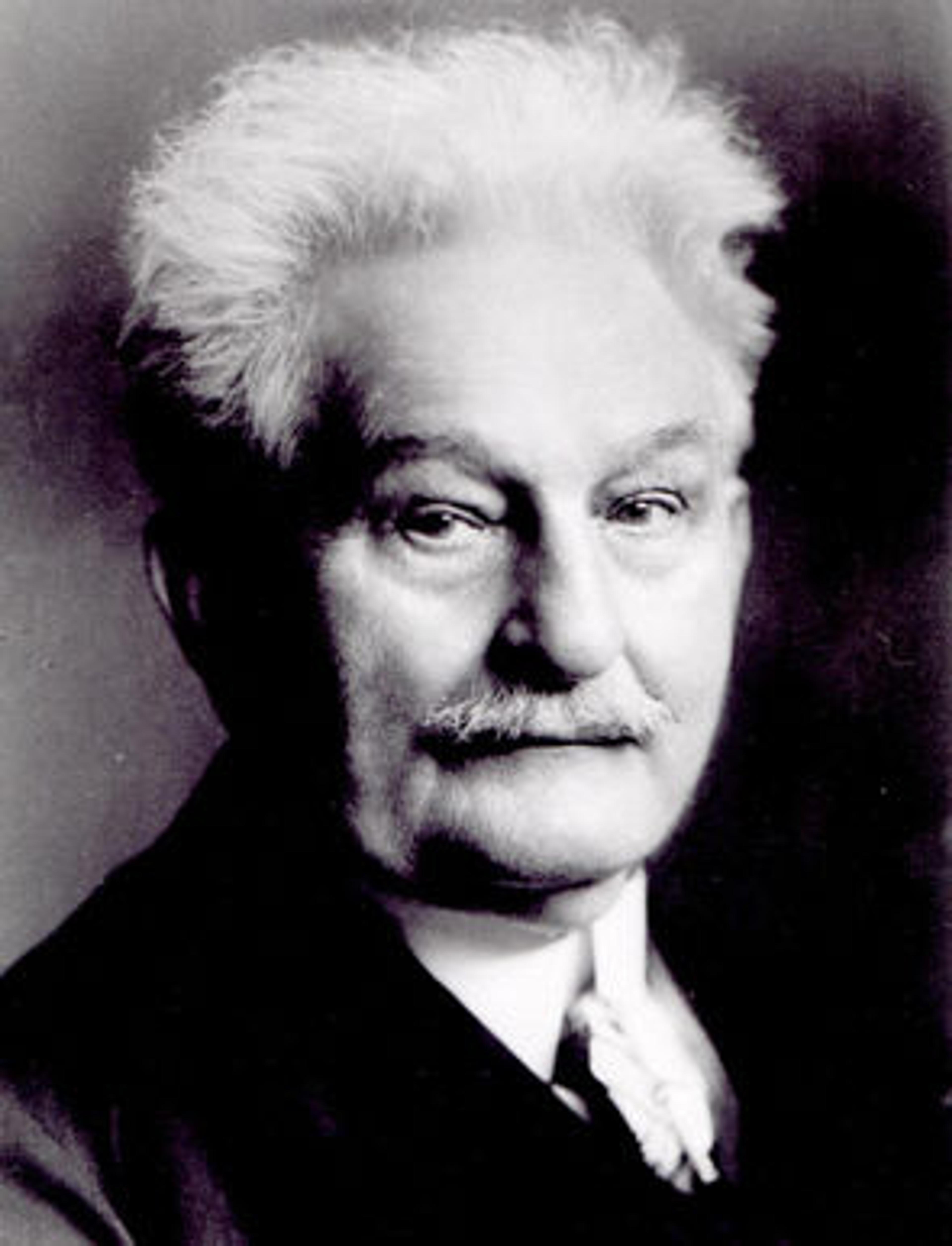Obsession as Art: The String Quartets of Leoš Janáček
«Composers of opera and orchestral music have always been able to draw from the never-ending well of great literature to convey a wealth of emotion and overtly programmatic elements (Benjamin Britten's operas The Turn of the Screw, Death in Venice, and Billy Budd; Richard Strauss's tone poem Don Juan; Peter Ilyich Tchaikovsky's Romeo and Juliet Fantasy Overture), but instrumental chamber music seldom gains access to such source material. Chief among these few rare examples are the two string quartets of the Czech composer Leoš Janáček (1854–1928), with each quartet using the written word as a resource for conveying both mood and emotion while still maintaining their primary role as abstract music.»

Attacca Quartet © Lisa-Marie Mazzucco
For their next program as the Met Museum Presents 2014–15 Quartet in Residence, Obsession, Attacca Quartet will perform both of Janáček complex quartets alongside the string-quartet arrangement of one of the most performed works by Estonian composer Arvo Pärt, Fratres. Inspired by the current exhibition Madame Cézanne, which showcases twenty-four of Paul Cézanne's portraits of his wife, Hortense Fiquet, Attacca Quartet's program on Friday, February 6, will explore how obsession—often considered a dangerous state of mind—can also yield works of engaging and wildly popular art.

Janáček's string quartets were borne from his love for Kamila Stösslová—a married woman nearly forty years his junior, whom the composer met while spending the summer of 1917 in the Moravian resort town of Luhačovice. What transpired after their initial meeting was an eleven-year infatuation that saw Janáček pen over seven hundred fervent letters to Stösslová, many of which never received responses, as she remained coldly indifferent to the composer's adoration throughout much of this time. Stösslová, however, still proved to be the ultimate muse for Janáček, not only serving as the impetus for both string quartets, but also the inspiration for the lead female roles in his operas Katya Kabanová, The Cunning Little Vixen, and The Makropulos Affair.
Left: Leoš Janáček. Public-domain image via Encyclopædia Britannica Online
The First String Quartet, composed swiftly during one week's time in autumn 1923, uses Leo Tolstoy's short story The Kreutzer Sonata as its primary source material. Tolstoy's tale—which revolves around a jealous husband who kills his wife, a gifted pianist trapped in a loveless marriage, after becoming suspicious of her involvement with a violinist with whom she has been rehearsing the famous Beethoven violin sonata of the same name—mirrored the composer's increasing obsession with Stösslová.
Janáček's own marriage to his wife, Zdenka, was completely fractured by the time he met Stösslová in 1917; after having suffered the death of both of their children earlier in the marriage, and Zdenka's suicide attempt after learning of her husband's interest in another woman, this time the singer Gabriela Horváthová, the two lived completely separate lives despite never having formally divorced. What sprung forth from Janáček's misery and heartache was a quartet of intense, searing passion, one that followed his own compositional taste for merging late Romantic harmony with fragmented motivic development and native folk melodies aligned with the nationalistic flavor of Eastern European music in the early twentieth century.

Kamila Stösslová with her son Otto, 1917. Public-domain image via Wikimedia Commons
The Second Quartet cuts even closer to the bone: Entitled Intimate Letters, the quartet gives voice not to another author's work, but to Janáček's own words, providing a musical portrait of Stösslová as seen through the lens of the composer's infatuation and anguish. Kamila is chiefly represented throughout the piece by the viola, regarded as the most muted voice in the string quartet, and Janáček gives listeners an evocative account of his beloved in the quartet's third movement, where the viola delivers a simple melody comprising a series of repeated notes that eventually becomes more complex, passionate, and anxious as the material develops further. As Janáček described in a letter to Stösslová, the passage is "very cheerful, and then dissolve[s] into a vision of your image, transparent, as if in the mist." In a later letter, the composer even went as far as to declare the Second Quartet the "first composition that sprang from directly experienced feeling."
While Stösslová largely remained ambivalent and, at times, impatient and irritated with regard to Janáček's feelings throughout most of the eleven years of their correspondence—few of the composer's letters were reciprocated, and she never once accepted any of his invitations to attend the premieres of the works she inspired—Kamila's heart seems to have ultimately thawed somewhat in the last stage of Janáček's life. After receiving a letter from the composer almost every day during the final year of his life, Stösslová began signing her responses "Tvá Kamila" ("Your Kamila"), and she was by his side when he died of pneumonia in August 1928. As a final testament to the woman who captured his heart and gave him such propulsive energy and artistic vigor so late in his life, Janáček named Stösslová as the recipient of all future royalties to be collected from the publication and performance of Katya Kabanová, The House of the Dead, and, most fittingly, the Second Quartet.
To purchase tickets to upcoming Attacca Quartet concerts, or any other Met Museum Presents event, visit www.metmuseum.org/tickets; call 212-570-3949; or stop by the Great Hall Box Office, open Monday–Saturday, 11:00 a.m.–3:30 p.m.
Michael Cirigliano
Michael Cirigliano II is the managing editor in the Digital Department.